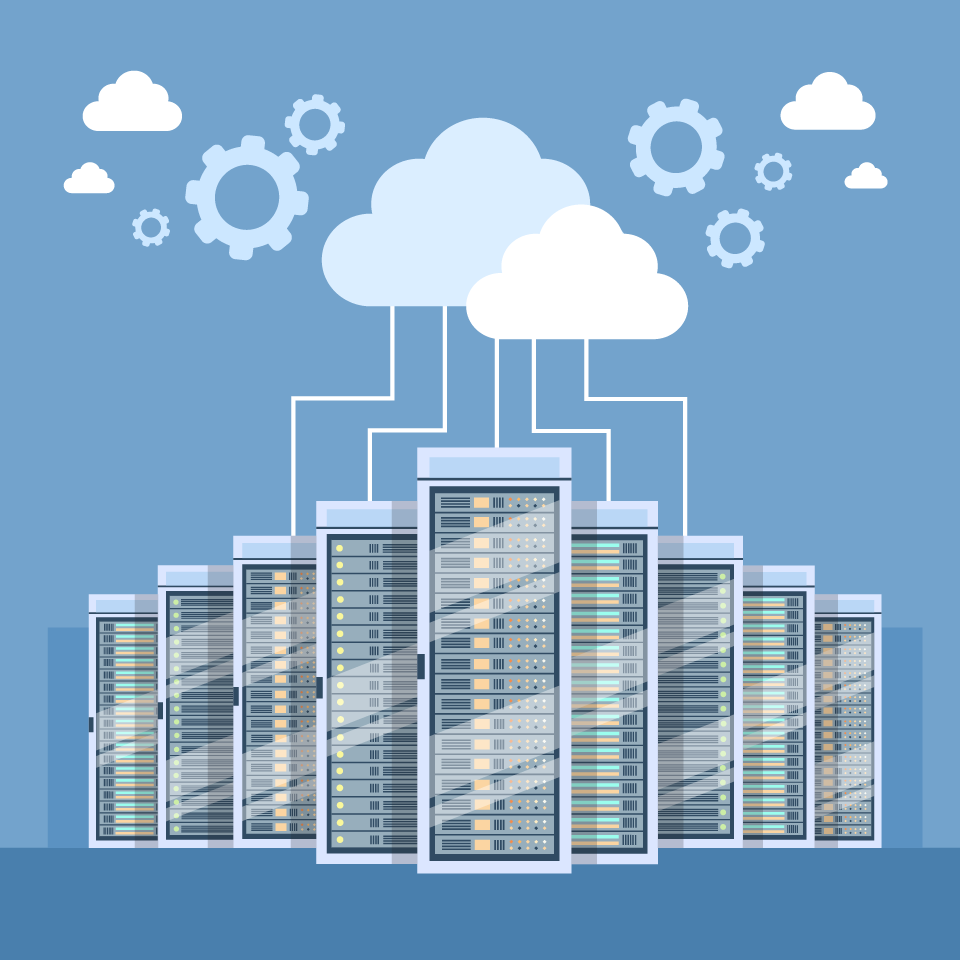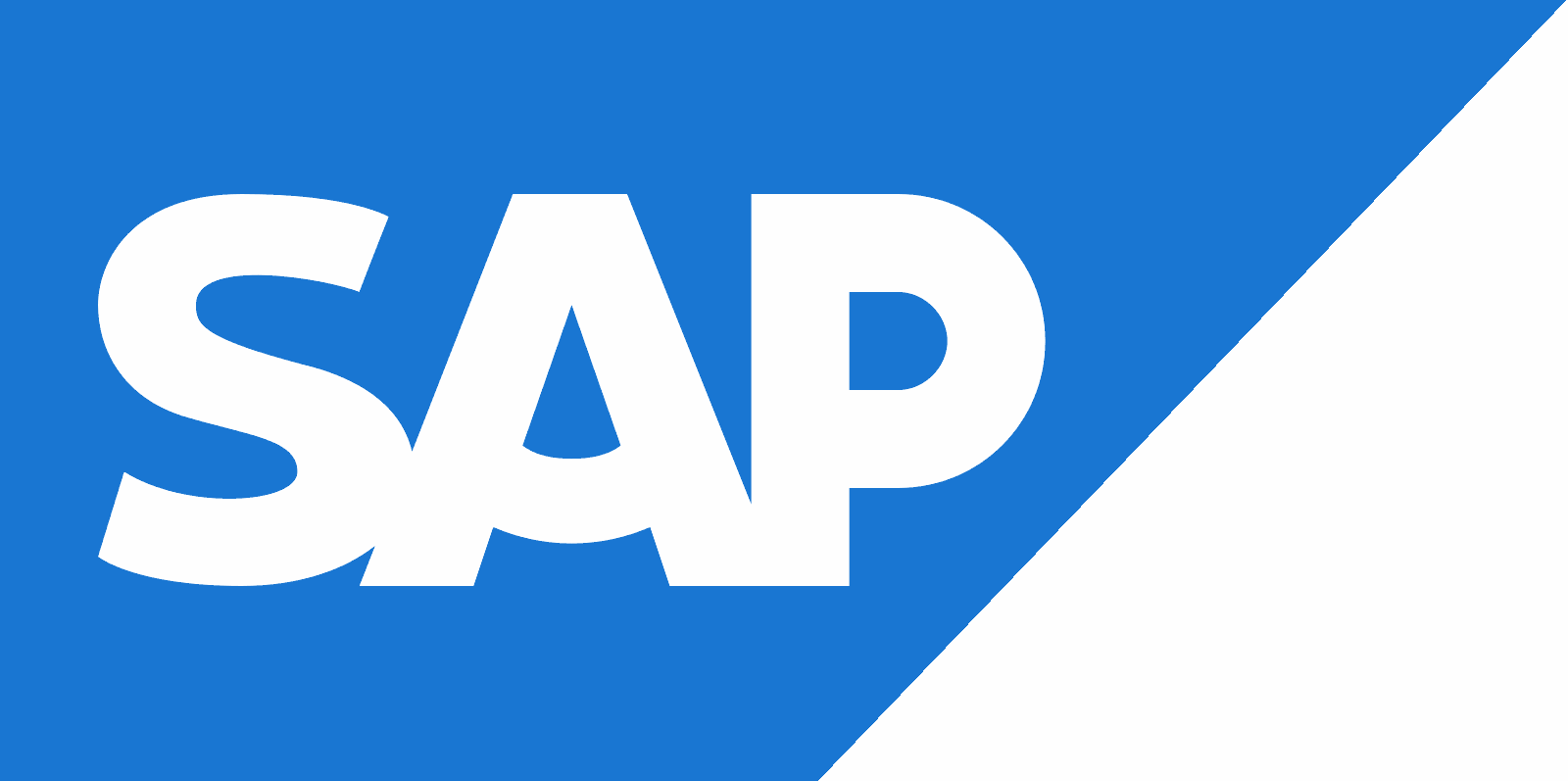Astadia Joins the AWS Mainframe Modernization Service
Astadia is offering a cloud-base service for Amazon Web Service to help companies modernize their mainframe capabilities for the cloud. IDN looks at Asadia's AWS Mainframe Modernization Service.
For years, businesses have been moving to cloud services to help them scale and be agile. But the lack of cloud-based services for optimizing mainframe computing has been notable. Astadia is looking to fill in this gap with its new mainframe migration and modernization services for Amazon Web Services.
The AWS Mainframe Modernization Service from Astadia aims to let IT teams assess and analyze migration readiness and plan projects. Once implemented and tested, teams at large enterprises can deploy mainframe workloads to AWS into the platform's managed runtime environment.
"We are excited to be a part of the AWS Mainframe Modernization Service, which gives organizations the ideal platform of choice when moving mainframe workloads to AWS. Astadia's unique factory delivery model complements the AWS Mainframe Modernization Service by enabling clients to migrate to AWS in unprecedented timeframes," – Scott G. Silk, Astadia's Chairman and CEO.
With Astadia's participation in AWS Mainframe Modernization Service, enterprises and government organizations can:
- Get a rapid assessment providing a roadmap and an estimated cost to move their mainframe workloads to a distributed platform. This includes various options such as the migration method, comprehensive testing, DevOps concepts, and support.
- Perform automated code transformation from multiple sources (IBM z/OS Mainframe, Unisys Mainframe, z/VSE, CICS, IMS, Assembler, JCL, COBOL, Natural, ADS, Fortran, REXX) to modern platforms.
- Automatically convert legacy databases and files (Db2, ADABAS, IDMS, IMS DB, VSAM, GDGs)
- License the Astadia Migration Factory that accelerates and industrializes the process of migrating and testing legacy applications, resulting in fixed-price project fees, fast turnover and ROI.
With all these capabilities, Astadia's Migration Factory can reduce the duration of a typical migration project by as much as 90%, Silk added.

A Cloud Journey for Mainframes; A Look at Astadia's Migration Factory
In March, Astadia announced the availability of its "Migration Factory" which automates moving IBM and Unisys mainframe applications and databases to distributed and cloud computing platforms.
Migration Factory combines Astadia's expertise in mainframe modernization with a mainframe-centric toolset from Anubex, which industrializes the refactoring of legacy workloads, simplifies the migration of databases, and enables a holistic and automated approach to testing for the complete "end-to-end" migration process from on-prem to cloud. Astadia acquired Anubex in 2021.
The Migration Factory consists of four main building blocks: CodeTurn, DataTurn, TestMatch and DataMatch.
CodeTurn automates the refactoring of legacy code into modern programming languages such as Java, C#, or others. In doing so, we can achieve automation levels of approximately 99.99%. The other 0.01% of the time (where human intervention is required) is triggered as part of the broader automated workflow process. In other words, even the need for human involvement is part of a more extensive set of well-orchestrated procedures.
DataTurn automates the migration of data from legacy databases such as IDMS and Natural ADABAS to virtually any modern relational database – including SQL Server, Oracle, IBM DB2, PostgreSQL, and others. DataTurn does more than map existing data schemas to a relational data structure, though. The toolset allows customers to modify data structures to suit their needs following the data migration.
The Astadia blog described some of the inner workings of how CodeTurn and DataTurn work together in the Migration Factory.
For example, in a legacy application that allows each customer record to be associated with 10 different phone numbers, the original schema might have been designed as a flat record, with each customer record containing 10 separate phone number fields (Phone_01, Phone_02, etc.). In the target relational database, it might be preferable to store customers' phone number information in a separate table that links on the customer ID. In this way, database designers can transition from a flat (and less flexible) data structure to a relational one-to-many model.
Of course, making those kinds of changes has an impact on code refactoring, though. If data structures change, then queries must be modified to follow suit. That's why DataTurn works together in conjunction with CodeTurn to ensure that refactored code is generated in such a way that it can continue to access the right data, even when the underlying data structures have changed. As code is refactored and database tables and fields are mapped from the old system to the new one, the Astadia Migration Factory automatically generates an I/O module that handles SQL queries in the new system on the fly.
In this way, CodeTurn and DataTurn come together to form a powerful combination that enables refactoring and database migration to operate as a seamless whole.
The mainframe migration magic is completed with the remaining two components in the Migration Factory TestMatch and DataMatch.
TestMatch uses tracing capabilities within source IBM or Unisys platforms to record user activity in the live production system. In this way, the Migration Factory's test automation processes have access to real-world test cases at any time, based on actual usage of the legacy system. TestMatch "replays" that user activity in the target system as an automated test scenario. Next, TestMatch will compare the activity traced on the mainframe with that of what's being replayed on the target platform and flag any errors.
DataMatch then performs a comparison of the source and target databases. It adjusts for any modifications that might have been made to the target data schema as part of the migration process. It also reports any discrepancies, providing fully automated support for testing batch code this way.
Astadia's collaboration with AWS builds on an existing relationship, including Astadia's participation in the AWS Marketplace and the Public Sector Partner Program. Together, the companies are providing a complete cloud services and cloud management portfolio that will give enterprise and government customers fast, flexible access to the cloud.
Astadia's new AWS Migration Factory Service is fully certified by Lockheed Martin as compatible with their mainframe security model. It allows customers to connect their mainframes running CICS or IMS transactions directly into AWS Cloud without modifying its applications or building an expensive gateway.







